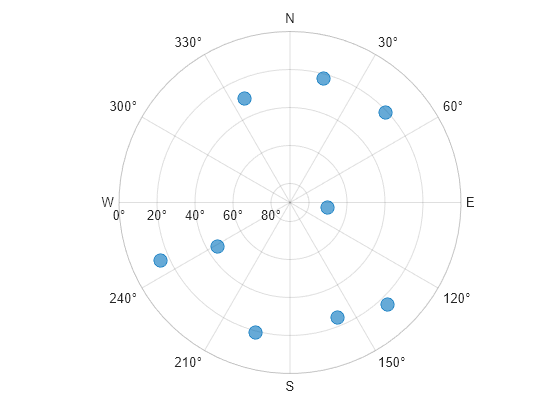gnssSensor
Simule GNSS para generar lecturas de posición y velocidad.
Descripción
El gnssSensor System object™ simula un sistema global de navegación por satélite (GNSS) para generar lecturas de posición y velocidad basadas en datos locales de posición y velocidad. El objeto calcula las posiciones y velocidades de los satélites basándose en el tiempo del sensor y los datos que especifican los parámetros orbitales del satélite. El objeto utiliza únicamente las constelaciones del Sistema de Posicionamiento Global (GPS) para sus cálculos. Para establecer las posiciones iniciales de los satélites, configure la propiedad InitialTime.
Para generar lecturas de posición y velocidad GNSS:
Cree el objeto
gnssSensory configure sus propiedades.Llame al objeto con argumentos, como si fuera una función.
Para más información sobre el funcionamiento de los System objects, consulte ¿Qué son los System Objects?
Llamar al objeto incrementa el tiempo del sensor y propaga la posición y las velocidades del satélite en función de los parámetros orbitales.
Creación
Descripción
GNSS = gnssSensorgnssSensor System object GNSS que calcula las lecturas del receptor del sistema de navegación por satélite global en función de la posición local y la entrada de velocidad.
GNSS = gnssSensor(ReferenceFrame=RF)
GNSS = gnssSensor(___,Name=Value)gnssSensor("SampleRate",2) crea un GNSS simulado con una frecuencia de muestreo de 2 Hz.
Argumentos de entrada
Propiedades
Uso
Descripción
[ calcula las lecturas del receptor del sistema de navegación por satélite global a partir de las entradas de posición y velocidad.positionReadings,velocityReadings,status] = GNSS(position,velocity)
Argumentos de entrada
Argumentos de salida
Funciones del objeto
Para usar una función de objeto, especifique el System object como el primer argumento de entrada. Por ejemplo, para liberar recursos de sistema de un System object llamado obj, utilice la siguiente sintaxis:
release(obj)
Ejemplos
Más acerca de
Referencias
[1] Groves, Paul D. Principles of GNSS, Inertial, and Multisensor Integrated Navigation Systems. 2nd ed, Artech House, 2013.
Capacidades ampliadas
Historial de versiones
Introducido en R2020b
